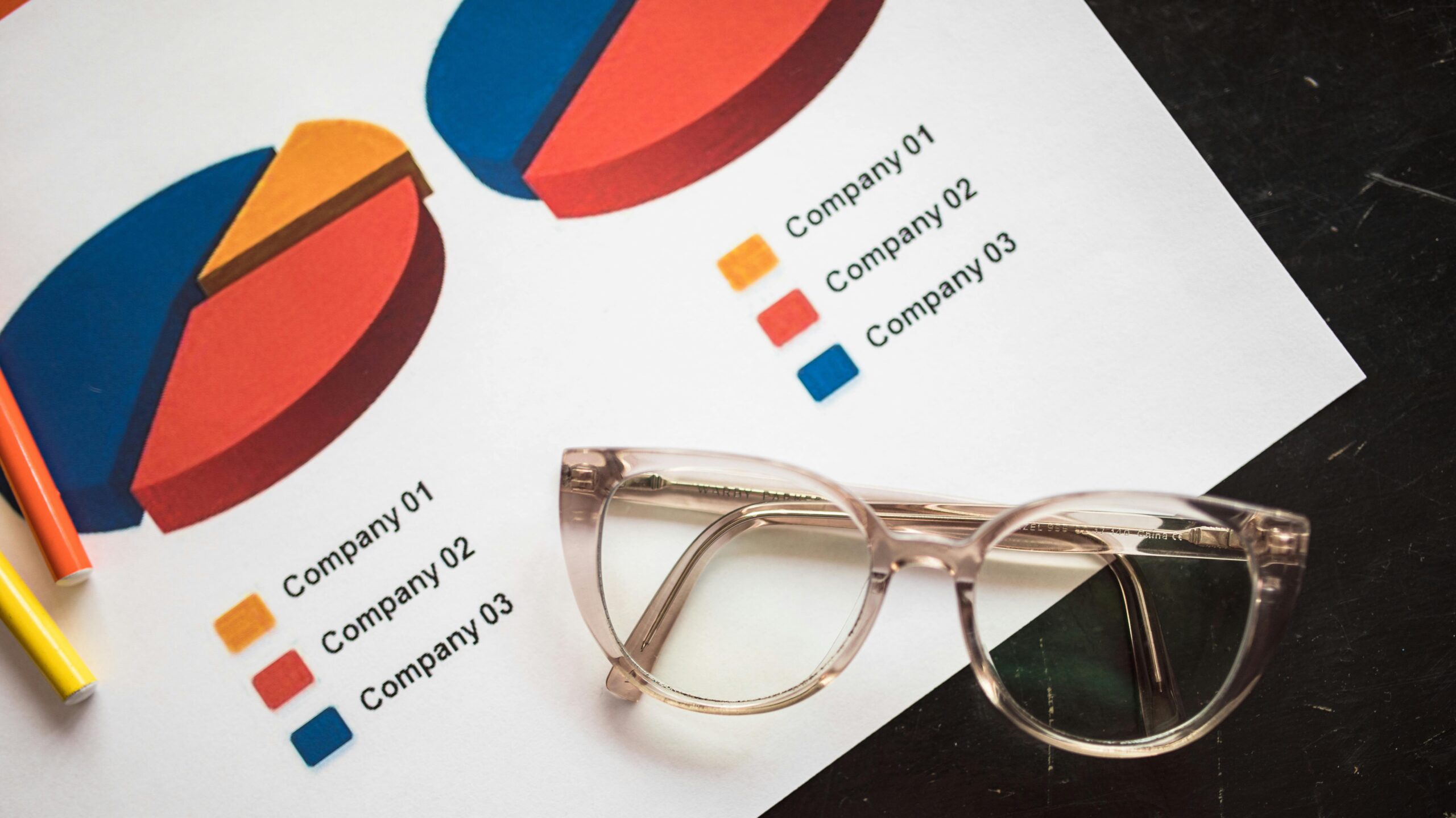
When a business becomes insolvent, not all creditors are treated equally when it comes to recovering the money they are owed. The hierarchy of creditors determines the legal order in which debts must be paid, ensuring that certain creditors are prioritised over others. This structured approach means that some creditors will be repaid in full, while lower-ranking creditors may receive only a fraction of what they are owed—or nothing at all.
At Aurora Recovery, we understand that insolvency can be complex and stressful. This guide will help you navigate the creditor hierarchy and understand who gets paid first in a liquidation process.
How Are Creditors Paid in Insolvency?
When an insolvent company’s assets are sold, the proceeds are distributed in a specific legal order. Each class of creditor must be paid in full before funds are allocated to the next category. If the company’s total debts exceed the funds available, lower-ranking creditors may not receive any payment.
Here’s the legal order of payment in a business insolvency:
1. Secured Creditors with a Fixed Charge
These are creditors who hold security over a specific asset, such as a bank with a mortgage on a company’s building or equipment. They are entitled to the proceeds from the sale of that asset before any other creditors receive payment.
2. Insolvency Practitioners’ Fees and Expenses
Before any creditors are paid, the costs of handling the insolvency—such as the fees of insolvency practitioners, administrators, and liquidators—must be covered.
3. Preferential Creditors
This category primarily includes employees, who are entitled to receive unpaid wages (capped at a statutory limit) and outstanding holiday pay. Certain employee pension contributions also fall into this category.
4. Secondary Preferential Creditors
Since changes introduced by the Finance Act 2020, HMRC has become a secondary preferential creditor, meaning that certain unpaid tax debts (such as VAT, PAYE, and NICs) must be paid before many other unsecured creditors.
5. Prescribed Part Creditors
The Enterprise Act 2002 introduced a guarantee that a portion of the funds recovered from certain secured creditors will be reserved for unsecured creditors. This is known as the prescribed part and is designed to ensure that unsecured creditors receive at least some return.
6. Secured Creditors with a Floating Charge
Unlike fixed charge creditors, these creditors hold security over a company’s general pool of assets, rather than a specific item. This could include stock, work-in-progress, or accounts receivable. They are paid only after fixed charge creditors, insolvency costs, and preferential creditors have been settled.
7. Non-Preferential (Unsecured) Creditors
These creditors include suppliers owed money for goods or services, customers owed refunds, and lenders without secured claims. Because they rank lower in the hierarchy, they will only receive payment if funds remain after all higher-priority creditors have been paid.
8. Shareholders
Shareholders are the last in line to receive any funds. In most insolvency cases, there is little to no money left for shareholders, as all assets are typically exhausted by the time secured and unsecured creditors have been paid.
Why Does the Creditor Hierarchy Matter?
Understanding the creditor hierarchy is essential for businesses and creditors alike. If you are a director, it helps you manage your company’s obligations responsibly. If you are a creditor, it helps set realistic expectations about potential repayments in the event of insolvency.
At Aurora Recovery, we provide expert insolvency guidance, helping businesses and creditors navigate financial difficulties with clarity and confidence.
Need Expert Advice? Contact Us Today
If your business is facing insolvency, or if you are a creditor concerned about recovering debts, speak to Aurora Recovery today for professional advice and support.
📞 Call us: 01134 800 397
📧 Email us: hello@aurorarecovery.co.uk
🌐 Visit our website: https://aurorarecovery.co.uk
We’re here to help you understand your options and make informed financial decisions.
Contact us now to see how we can help you: https://aurorarecovery.co.uk/contact/
Read more about company insolvencies on the government’s website here: https://commonslibrary.parliament.uk/company-insolvency-faqs/


